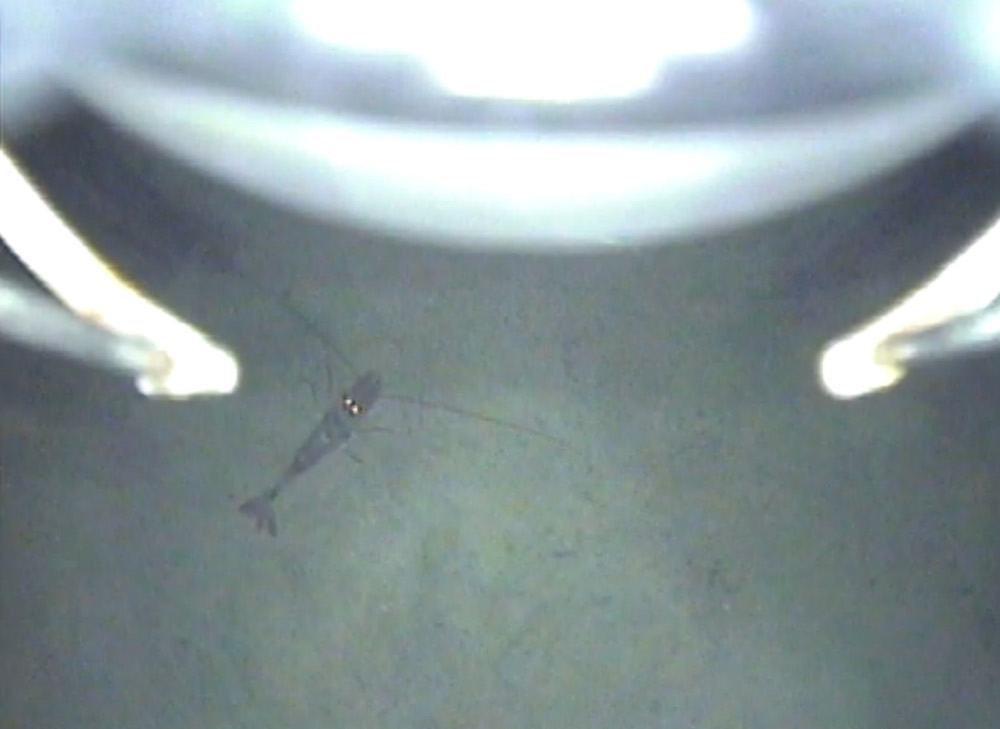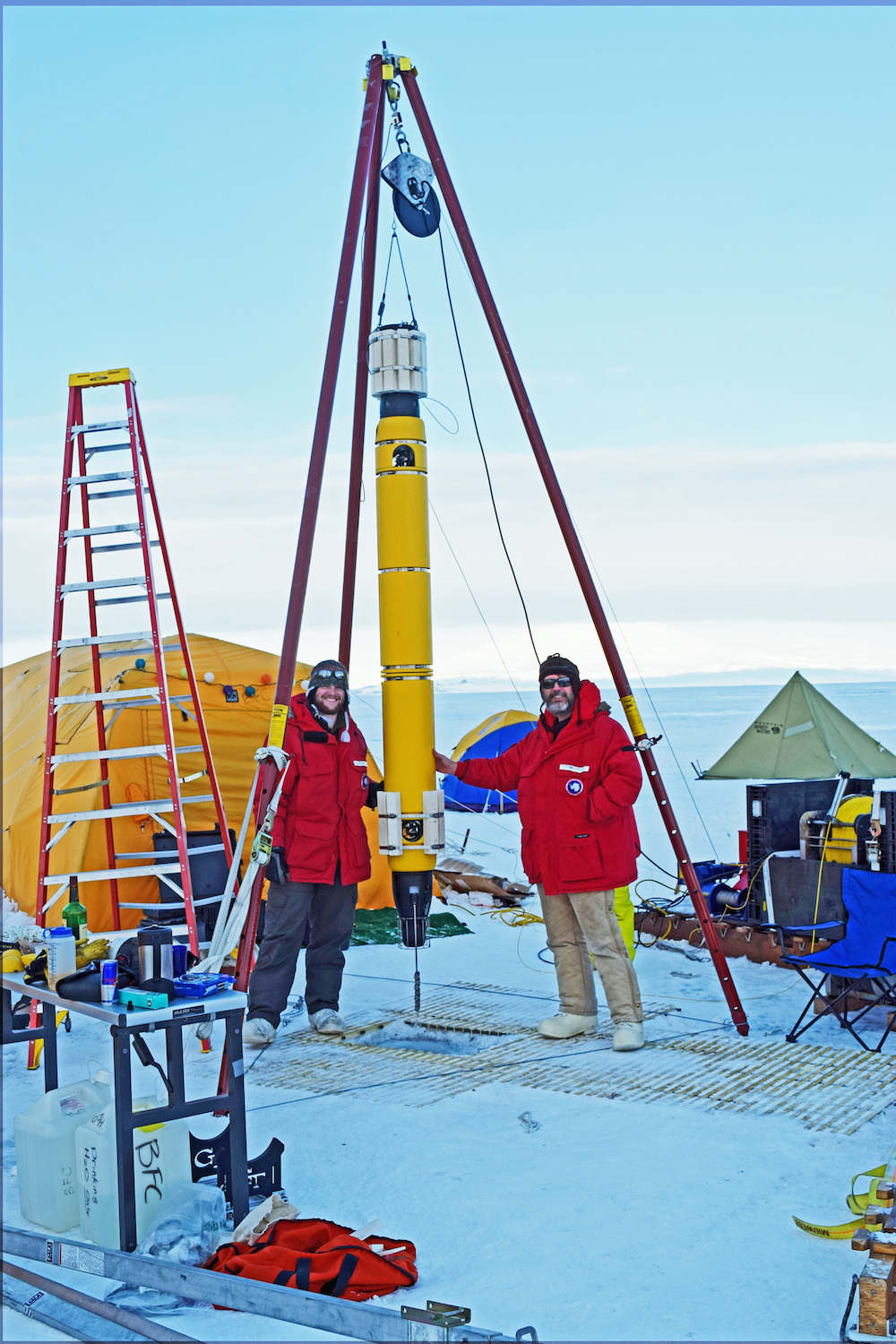Robot Reveals Sea Life Thriving Beneath Antarctic Ice

The water beneath Antarctica's thick ice may be dark and chilly, but it still harbors a surprising amount of sea life, including sea stars, sponges and anemones, according to a new underwater robotic expedition.
Researchers captured the aquatic footage at Antarctica's Ross Ice Shelf with a new remotely operated vehicle (ROV), dubbed Icefin. The ROV is capable of diving 0.9 miles (1.5 kilometers) below sea level and conducting 1.9-mile-long (3 km) surveys, they said.
First, the researchers had to cut a 12-inch hole through about 66 feet (20 m) of ice. Then, they dropped Icefin through the hole, and directed it to dive down another 1,640 feet (500 m) to the seafloor, they said. [50 Amazing Facts About Antarctica]
Earlier underwater vehicles in Icefin's class could dive only a few hundred meters, a limiting factor given that the Southern Ocean surrounding Antarctica can be up to 3.1 miles (5 km) deep.
"What truly separates Icefin from some of the other vehicles is that it's fairly slender, yet still has all of the sensors that the scientists … need," Mick West, the robot's principal research engineer and a senior research engineer at the Georgia Tech Research Institute, said in a statement. "Our vehicle has instrumentation aboard both for navigation and ocean science that other vehicles do not."
For instance, since GPS doesn't work under Antarctica's thick ice, Icefin uses a navigation system known as SLAM (simultaneous localization and mapping). SLAM allows the robot to triangulateits position based on its range and the features around it, such as those on the seafloor below it or the ice above it.
"Using algorithms such as SLAM allows us to construct a map of the unknown under-ice environment," West said. "When you can do that, you can begin to get a 3D picture of what's going on under the water."
Get the world’s most fascinating discoveries delivered straight to your inbox.
In spite of Antarctica's harsh environment, Icefin's videos showed an active community of organisms thriving on the seafloor. Such footage may help scientists learn how animals survive in extreme locations, and understand how Antarctica's ice shelves are changing amidst warming conditions, the researchers said.
"We saw evidence of a complex community on the seafloor that has never been observed before, and unprecedented detail on the ice-ocean interface that hasn't been achieved before," said Britney Schmidt, an assistant professor of earth and atmospheric sciences at Georgia Tech and the principle investigator of the Icefin project.
Icefin may even help scientists search for life on other planets. For instance, Jupiter's moon Europa has ice-capped oceans that are remarkably similar to Antarctica's ice-covered waters, the researchers said.
"We're advancing hypotheses that we need for Europa, and understanding ocean systems here better," Schmidt said. "We're also developing and getting comfortable with technologies that make polar science, and eventually Europa science, more realistic."
The team finished its Antarctic research in December 2014. Icefin is slated to explore the Arctic in the summer of 2016 and return to Antarctica that fall, the researchers said.
Follow Laura Geggel on Twitter @LauraGeggel. Follow Live Science @livescience, Facebook & Google+. Original article on Live Science.

Laura is the managing editor at Live Science. She also runs the archaeology section and the Life's Little Mysteries series. Her work has appeared in The New York Times, Scholastic, Popular Science and Spectrum, a site on autism research. She has won multiple awards from the Society of Professional Journalists and the Washington Newspaper Publishers Association for her reporting at a weekly newspaper near Seattle. Laura holds a bachelor's degree in English literature and psychology from Washington University in St. Louis and a master's degree in science writing from NYU.



